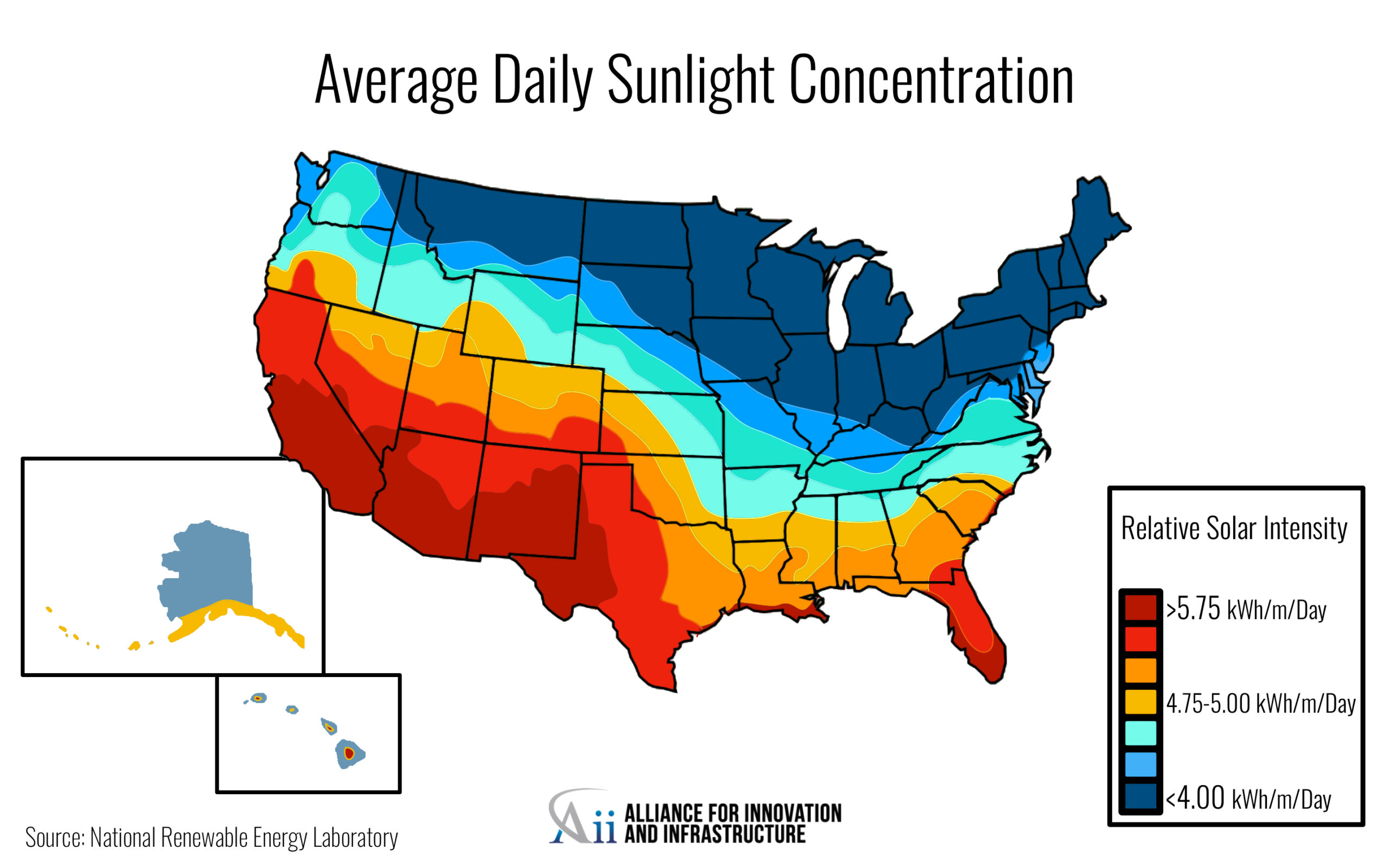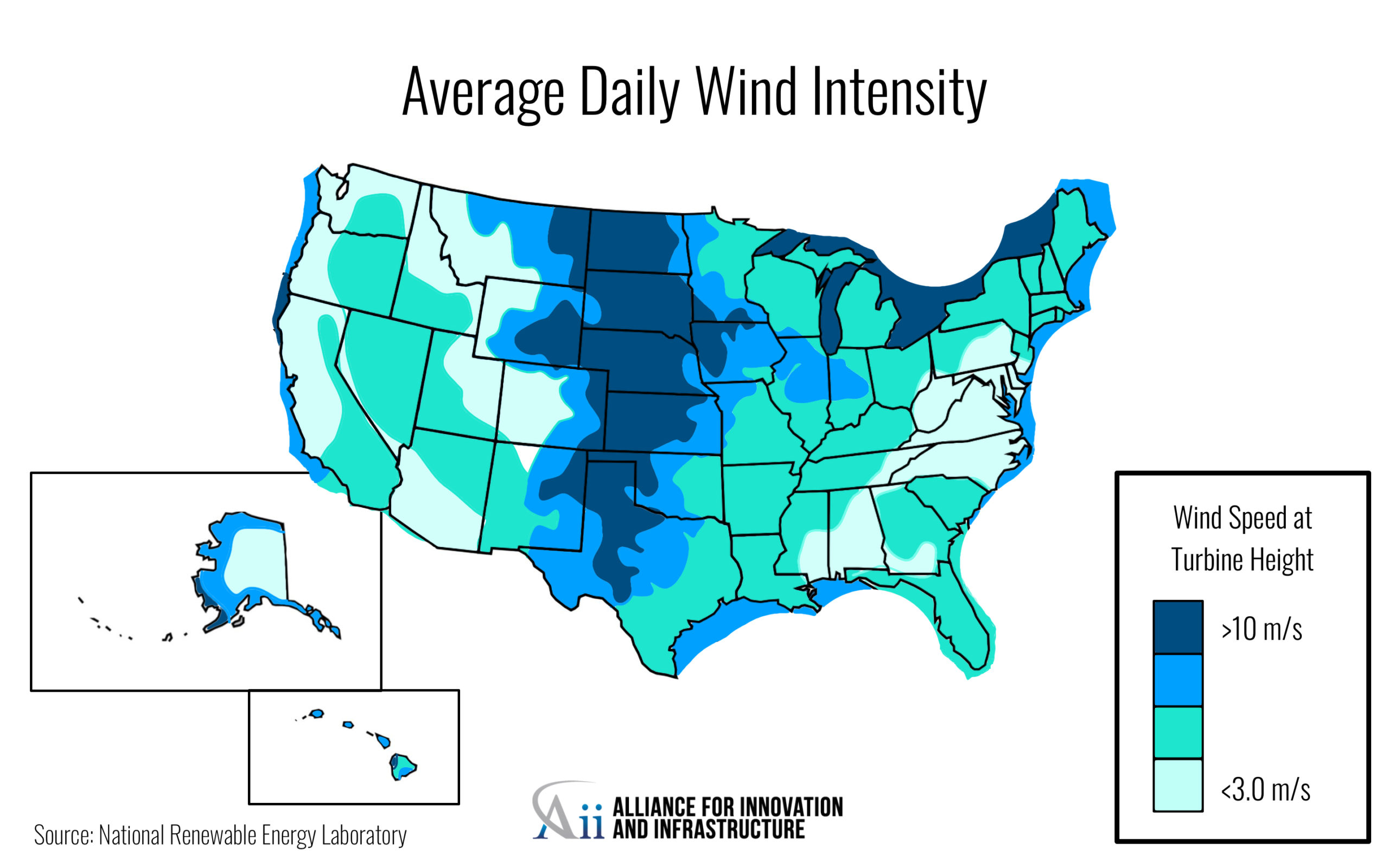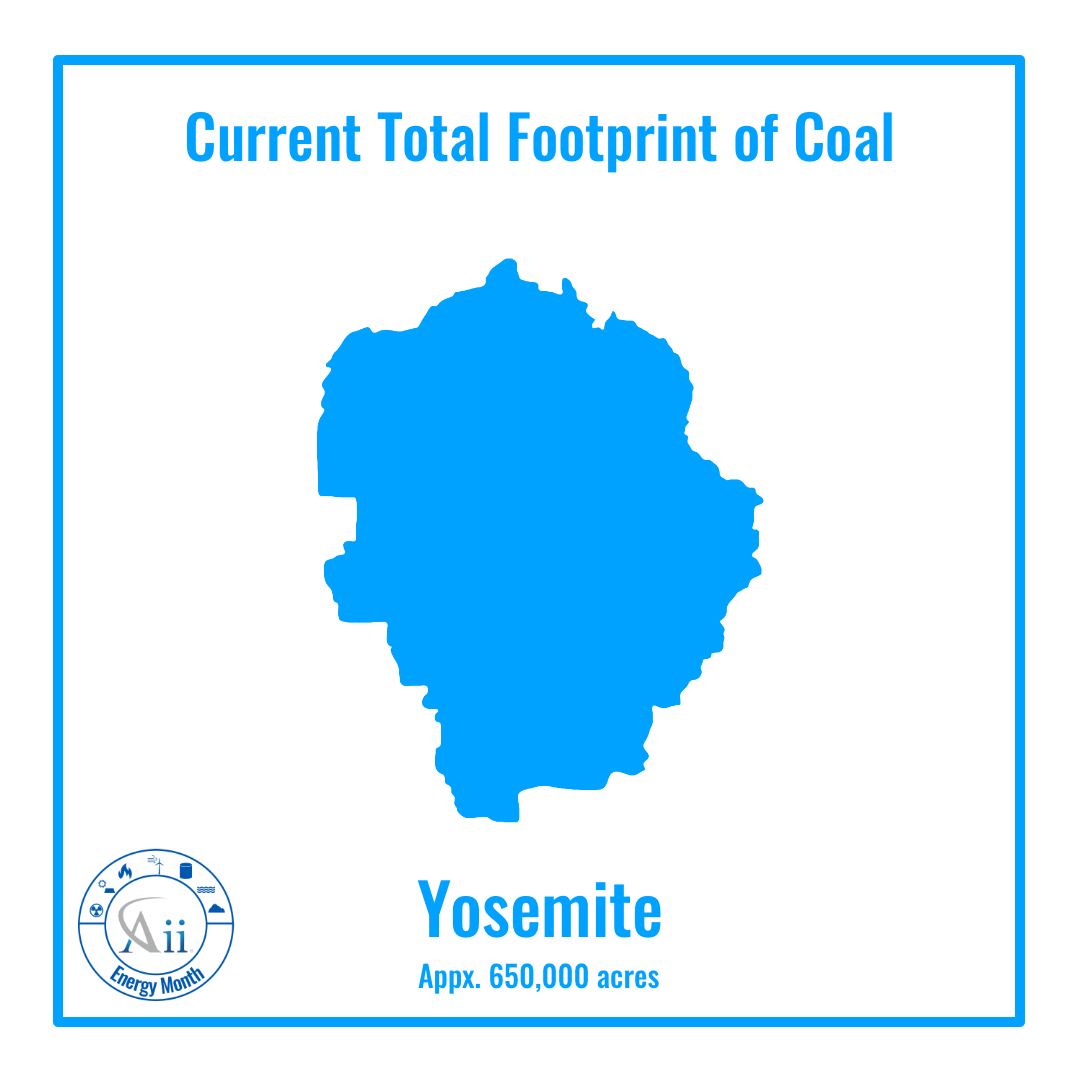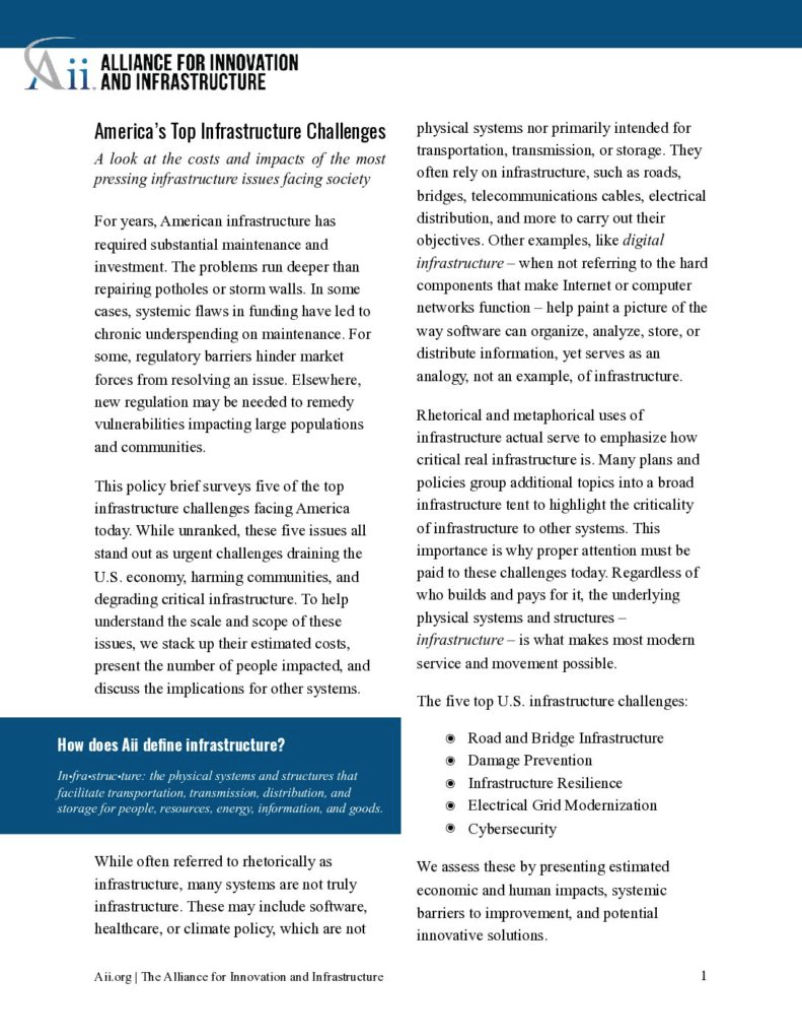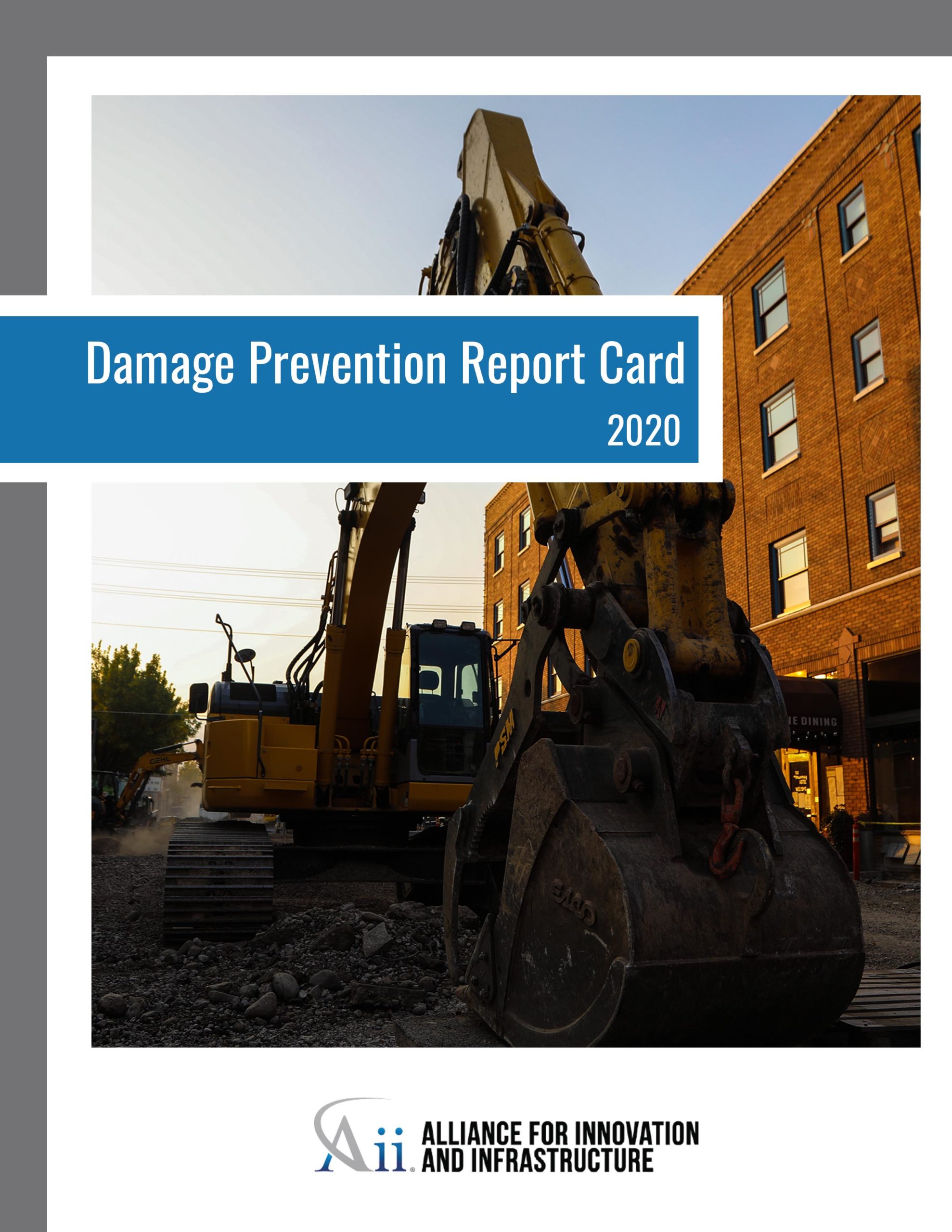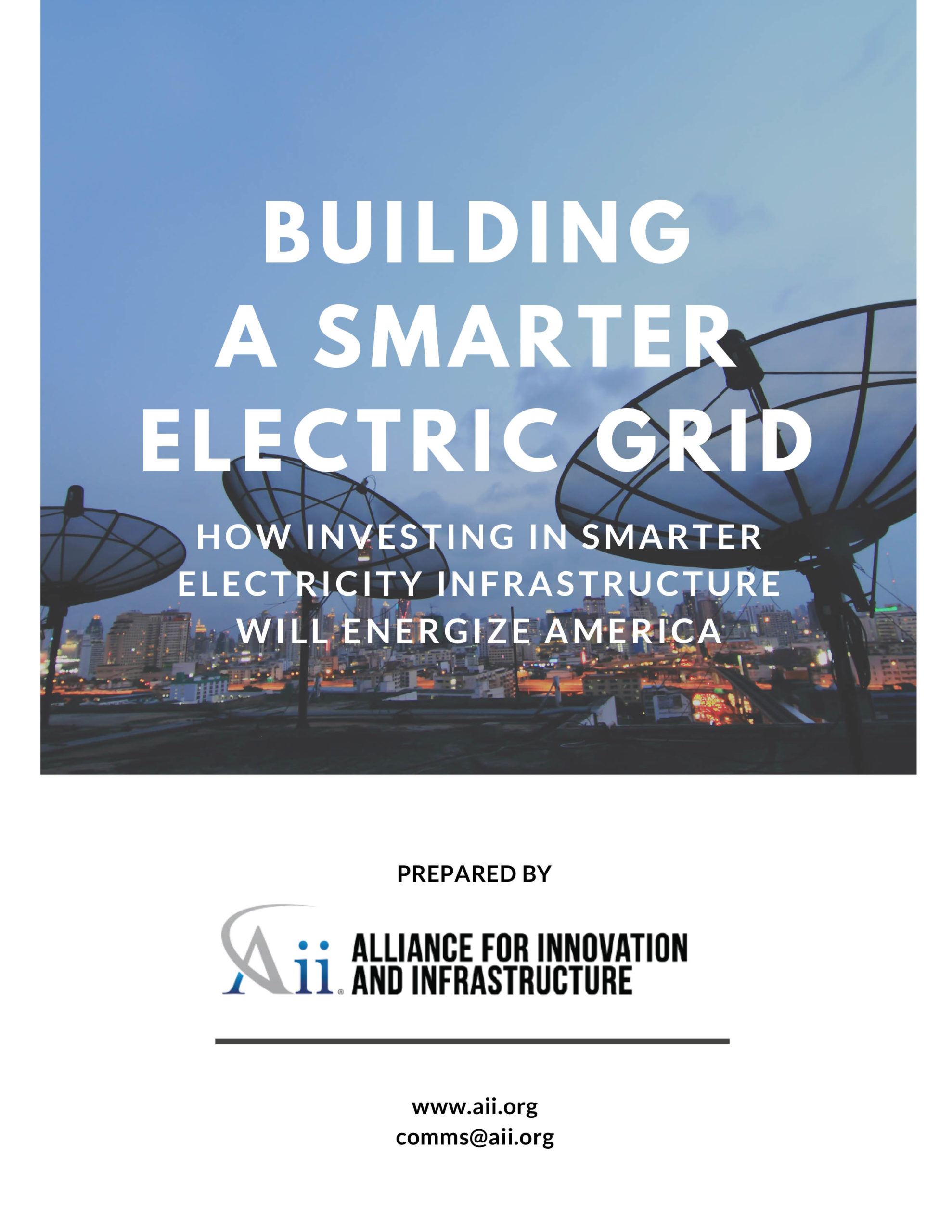A Resource for Problem Solvers
 Eminent Domain is a constitutional process to convert private property for public use with just compensation. It has vehement opponents as well as fervent proponents, with neutral and solution-oriented collaboration occurring few and far between. At Aii, we believe the importance of infrastructure demands a balanced, reasoned approach to the patchwork of eminent domain laws and procedures around the country.
Eminent Domain is a constitutional process to convert private property for public use with just compensation. It has vehement opponents as well as fervent proponents, with neutral and solution-oriented collaboration occurring few and far between. At Aii, we believe the importance of infrastructure demands a balanced, reasoned approach to the patchwork of eminent domain laws and procedures around the country.
Beyond politics and special interests, the major challenge for problem solvers is the diverse and nuanced differences in approach to eminent domain across the nation. While at a national level, eminent domain is rooted in the U.S. Constitution, state-level rules and regulations and myriad legislative and court decisions have led to disparate treatment of private property, rights for property owners, definitions of public interest or just compensation, and more. A second challenge is that at any given time, it is difficult to find full details on each state’s approach and few or no comparative resources between and among states. This is where Aii has stepped in. By creating a comprehensive clearinghouse for all eminent domain law and policy in the U.S., Aii is committed to being a part of the solution and providing a platform for innovative thinkers to come together and reconcile their policies.
While this resources is intended to be up-to-date and not a simple snapshot in time like other resources or individual reports, its purpose is to serve legislatures, public officials, courts, and the public interested in solutions. It is not legal advice, nor should any statements or content be used without individual consultation with a licensed attorney or proper official.
Eminent Domain Across The Nation
Key Differences in Approach to Law and Policy by State
Key Eminent Domain Topics
Model Easement Bank
“Lorem ipsum dolor sit amet, consectetur adipiscing elit, sed do eiusmod tempor incididunt ut labore et dolore magna aliqua. Ut enim ad minim veniam, quis nostrud exercitation ullamco laboris nisi ut aliquip ex ea commodo consequat. Duis aute irure dolor in reprehenderit in voluptate velit esse cillum dolore eu fugiat nulla pariatur. Excepteur sint occaecat cupidatat non proident, sunt in culpa qui officia deserunt mollit anim id est laborum.”
“Lorem ipsum dolor sit amet, consectetur adipiscing elit, sed do eiusmod tempor incididunt ut labore et dolore magna aliqua. Ut enim ad minim veniam, quis nostrud exercitation ullamco laboris nisi ut aliquip ex ea commodo consequat. Duis aute irure dolor in reprehenderit in voluptate velit esse cillum dolore eu fugiat nulla pariatur. Excepteur sint occaecat cupidatat non proident, sunt in culpa qui officia deserunt mollit anim id est laborum.”
Common Concerns
Developer Concerns

Critical infrastructure projects often must pass through a particular tract of land either by absolute necessity or cost and feasibility concerns. Communicating these realities and arriving at a mutually agreeable just compensation can be difficult and ultimately force the issue into the courts for an indeterminate period of time and legal fees, dramatically affecting the project costs, its in-service date, and ultimately its viability.
Landowner Concerns

The result of an easement across the landowner’s land puts the easement holder and the landlord in a long-term relationship that was involuntarily created and for which we have few rules. This raises an “co-tenancy” problem about which there needs to be some discussion.
The Infrastructure Transition
With population growth on the one hand and policy-fueled climate policy on the other, eminent domain will be increasingly relevant for future infrastructure projects. While oil and gas pipelines may have once relied on this legal process, new hydrogen or carbon-dioxide pipelines may now utilize eminent domain. Large scale solar and wind farms and high-voltage electric transmission lines will require land outright and through easements.
Expert Interviews
What is Eminent Domain? (with Jim Bradbury) | Duration: 07:01
How Did the Flood Impact Yellowstone’s Infrastructure? | Duration: 06:25
Why is Infrastructure Important? | Duration: 24:06
Sorting Through the Controversy
- Eminent Domain is a created right of government designated by the Constitution
- Land can be taken for any purpose and landowners forced to give up their land
- There is no way to reform eminent domain that respects property rights
- All major infrastructure projects require eminent domain
- Eminent Domain is an inherent right of government sovereignty that is limited by the Constitution
- Land can only be taken for public use/benefit and landowners may forced to give up their land only with just compensation
- There is a way to reform eminent domain that respects property rights, primarily through improved information and negotiations, as well as just compensation
- Many major infrastructure projects do require eminent domain, but through effective negotiations, land can be acquired or used with permission or under favorable conditions. Some projects can also be rerouted to avoid or minimized takings.
Learn the Lingo
Eminent domain is a legal concept that allows the federal or state government, or non-governmental entities given authority by the government, to take private property for public use, provided there is “just compensation”.
Corporations, agencies, or companies that are given the power to exercise eminent domain by a state legislature. This often includes pipeline companies, energy companies, etc.
The legal process through which authorities acquire property by use of eminent domain.
There are two common types of condemnation that can be used by entities who exercise eminent domain…
Derived from English law, fee simple describes the fullest and most complete type of land ownership. Taking a property in fee simple means ownership of the land is transferred in full to the authority condemning it.
Condemnation in which ownership still remains with the land owner. Taking a property in easement means the condemning authority is only using/accessing a portion of the property.
Definition
Definition
An easement created when the land is deemed necessary for accessing another parcel of land.
Definition
Definition
The process in which an assessor/assessors determine the fair market value of a property that is being condemned. There are several approaches to valuation that various states use in their eminent domain policies, but broadly valuation is done with consideration of the type of land being condemned, the purpose it is being condemned for, and the amount of land that is being condemned.
Fair market value is defined differently in different states, but the standard definition is the price that a willing buyer would pay and a willing seller would accept for a property on an open, competitive, and fair market.
An offer that aligns with the fair market value of a property and provides just compensation under state-specific requirements.
A term for a specific piece of property that is subject to eminent domain.
A legal document that can transfer ownership, title, and rights of a property from the landowner to the condemning authority.
The legal recognition of ownership and rights that a landowner has over a specific piece of property. It signifies authority of an individual or entity to own, use, and transfer ownership of said property.
A parcel of land and any and all permanent attachments to it (i.e. buildings). Real property is simply the legal term for the piece of land that is being condemned.
The monetary compensation one might seek from a condemning authority for the money spent on legal advisory. Some states mandate that a condemning authority pay attorneys’ fees, and others give the property owner no right to seek attorneys’ fees.
A legitimate and good faith offer made by the condemning authority. This means that the offer must demonstrate genuine and serious intention for the condemning authority to use it for the stated purpose, and that the offer must adhere to fair market value. In many states, a specifically bona fide offer is an essential element of the legal condemnation process.
Many states require the condemning authority to notify the landowner that their property is under threat of condemnation before a suit or the condemnation process begins.
Definition
Definition
Definition
Interact With The Data
The following data has been sourced from the Energy Information Agency of the U.S. Department of Energy. Through these tools, you can explore comparative data, filter by energy source, and begin to understand the scale and scope of energy generation in America.
Energy Generation by State
Every state has different energy resources and capacity to generate power. Take a look at them side by side.
Energy by Source
How has America’s energy mix changed in recent years? Track the trends in each resource here.
How Much Land Does Each Resource Require?
Given the differences in energy density and other factors, the amount of land required to generate power ranges widely.
For coal, the total footprint includes the mines, transportation infrastructure, and power plants needed to produce electricity, along with waste storage. For wind, turbines must be spaced far enough apart to not decrease the efficiency of other towers.
Land use may inform where we generate power, whether it is close to home or far away, and how we transmit that power through the energy grid. Before public policy favors certain resources, it is critical to understand land use. See the total footprint each energy resource currently makes in the U.S. without accounting for power lines to carry the electricity.
Read Our Other Reports
Energy infrastructure in the United States includes a range of industries and technologies. At Aii, studying the underlying challenges and presenting factual information is the first step to building a safer, more resilient future. Learn more:
Cite This Resource
Aii. [current year] Eminent Domain Solutions Center. Alliance for Innovation and Infrastructure. Aii.org/eminent-domain-solutions-center/







